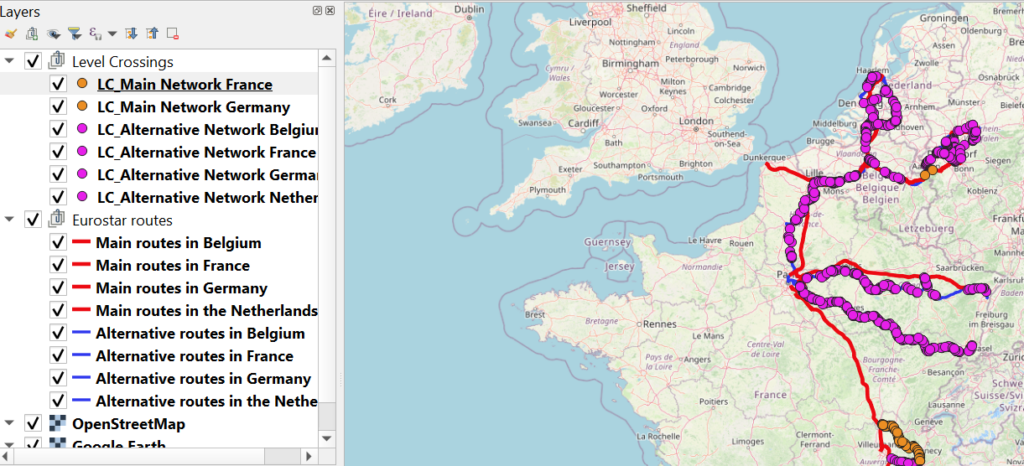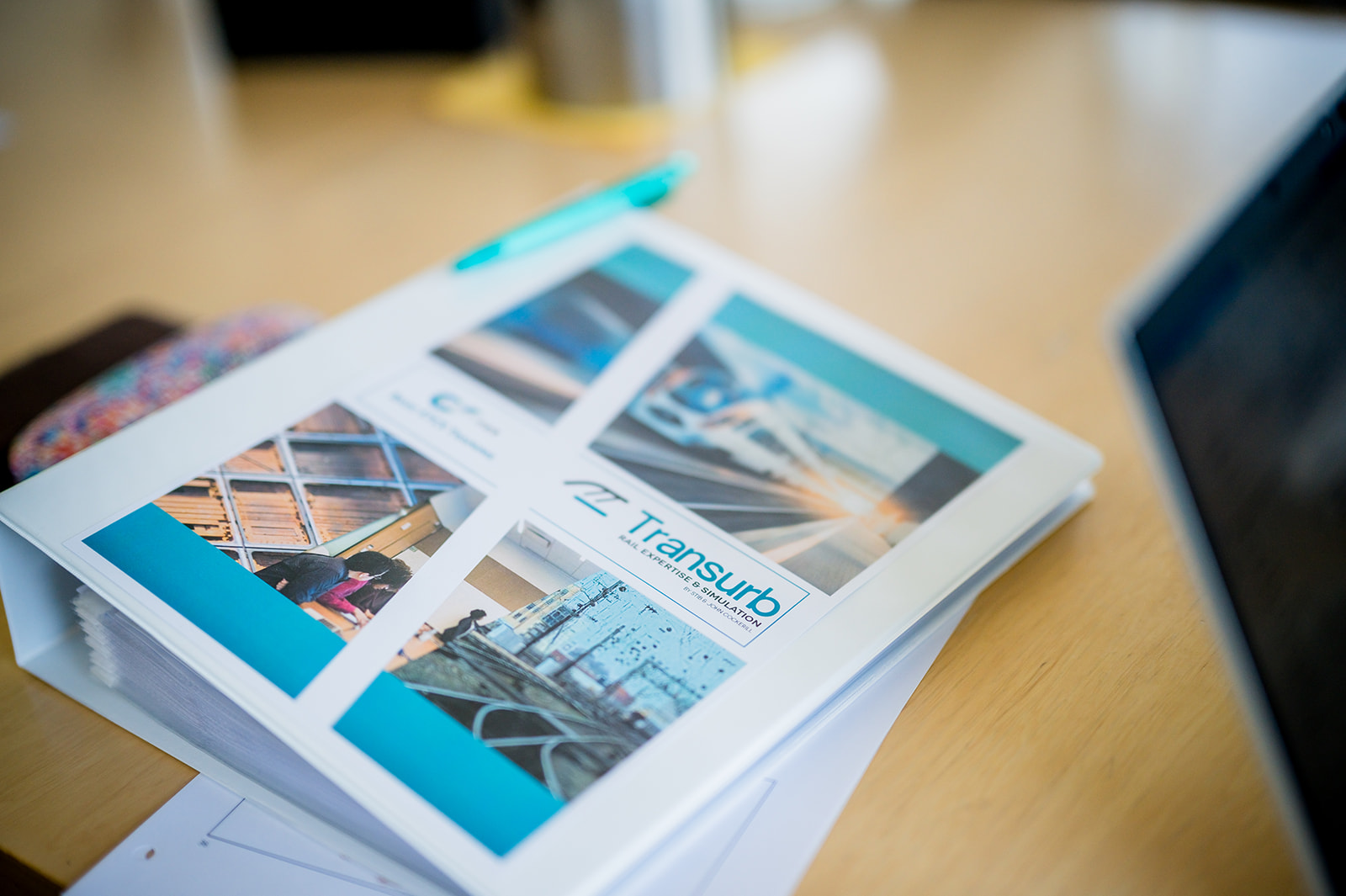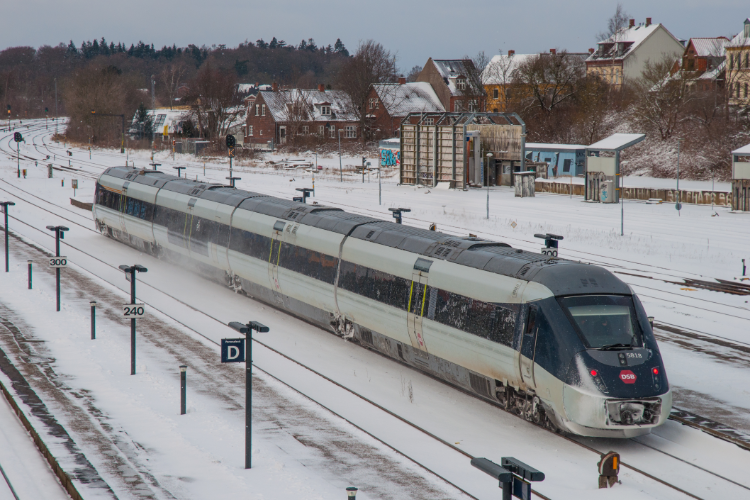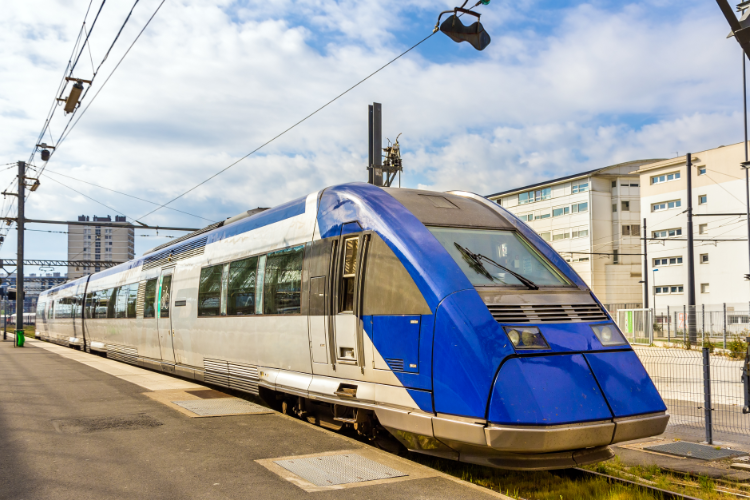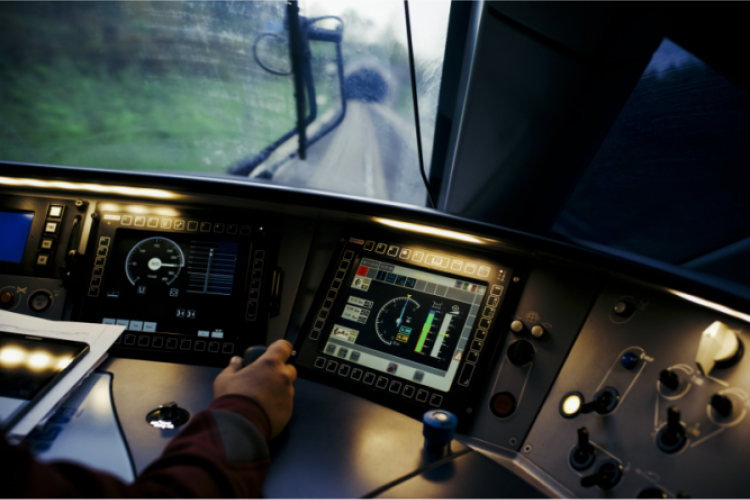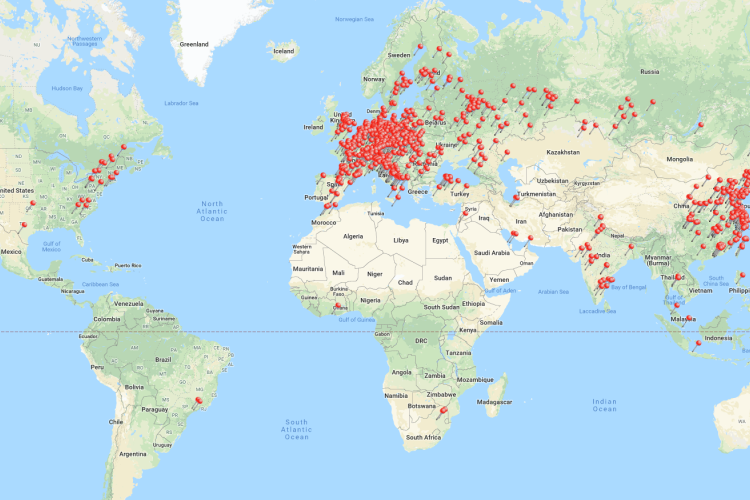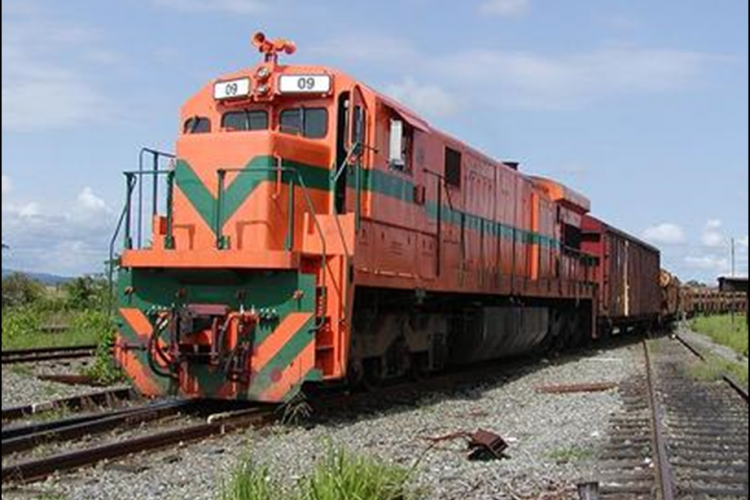The issue of safety at level crossings is of paramount importance within the European rail network. Along those lines, Eurostar, a leading international high-speed rail service, has taken proactive steps to assess risks on train operation at level crossings across France, the Netherlands, Belgium, and Germany. This initiative is a component of Eurostar’s broader strategy to evaluate and mitigate risks associated with rail operations.
Collaborative analysis with Transurb
To achieve this goal, Eurostar has commissioned Transurb to conduct a comprehensive analysis of the level crossings crossed by Eurostar trains on all Eurostar routes (main and alternative routes).
This study focuses on gathering detailed information about the locations, types, and specific characteristics of the level crossings along Eurostar’s routes in each four countries listed above, as well as to establish an equivalence system for level crossings, based on their safety equipment, to account for the differences in the four countries’ systems compared to the British system.
Phased approach
Transurb has outlined a strategic three-phase approach to manage this project:
- Initial Data Analysis: Using data provided by Eurostar, Open Data provided by the four network managers (level crossings, rail networks) including specific details on routes and operational practices in the involved countries.
- Level Crossing Identification: Use of a Geographic Information System (GIS) to accurately identify and map level crossings on Eurostar’s main and alternative routes. This phase also included manual checks in critical areas.
- Implementation of the Equivalence System: Creating a detailed comparative analysis of the level crossing types used in each country and aligning them with the British system.
